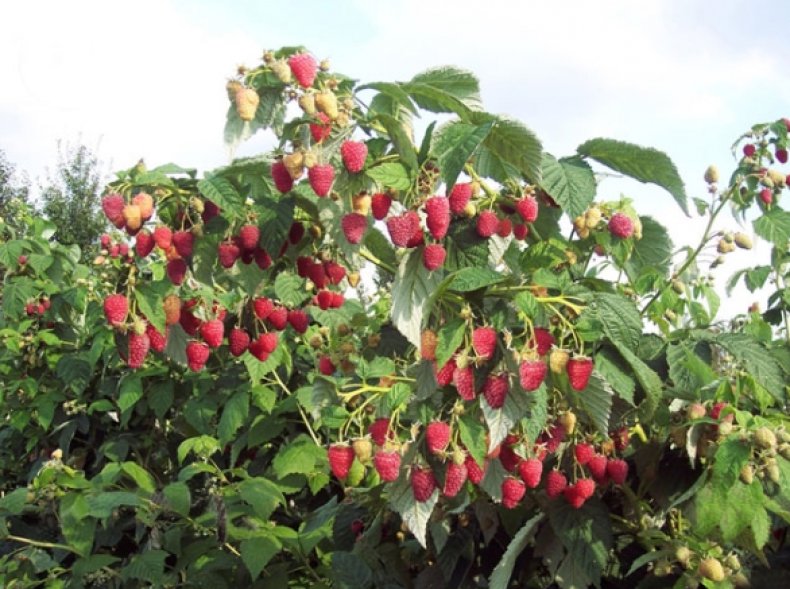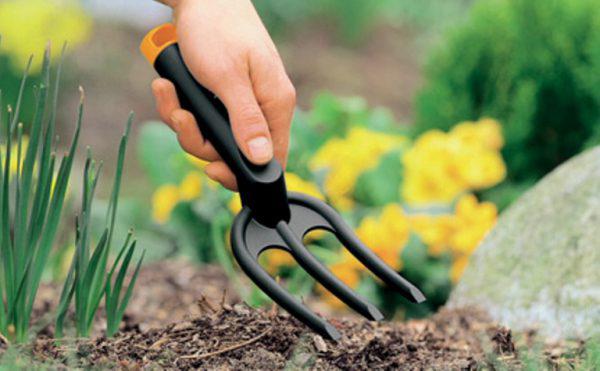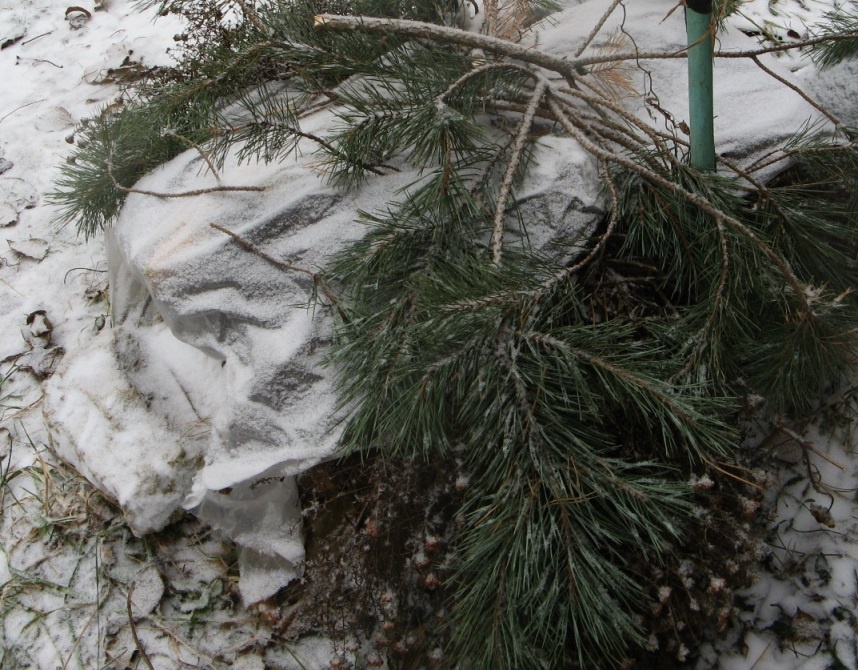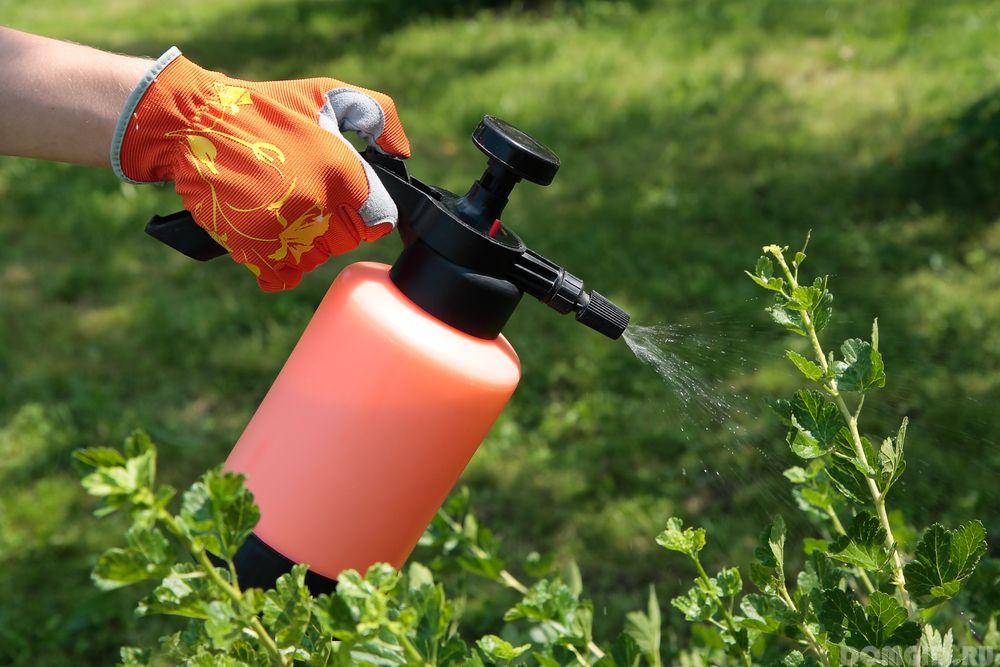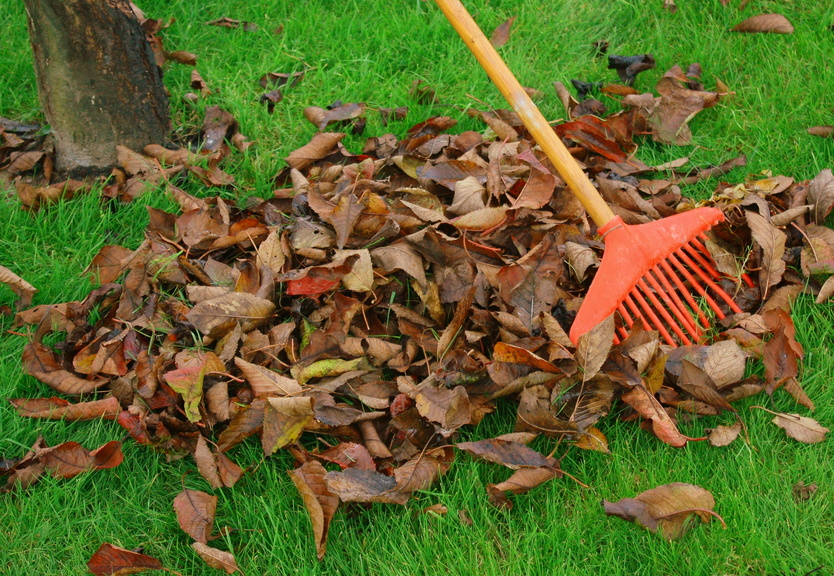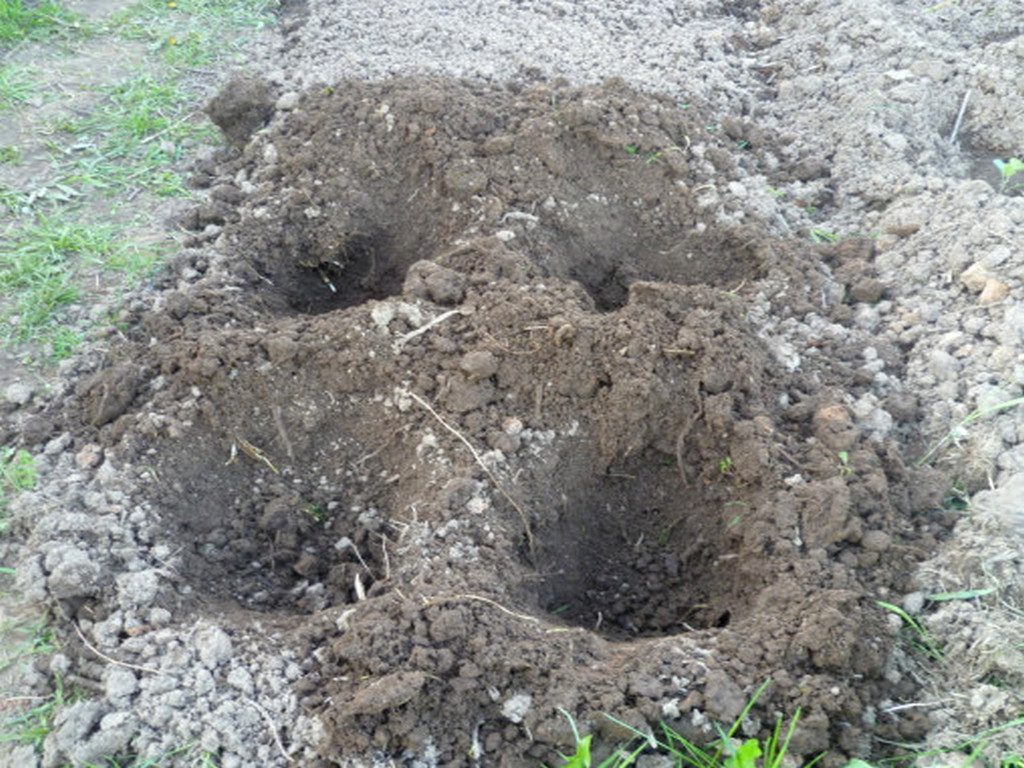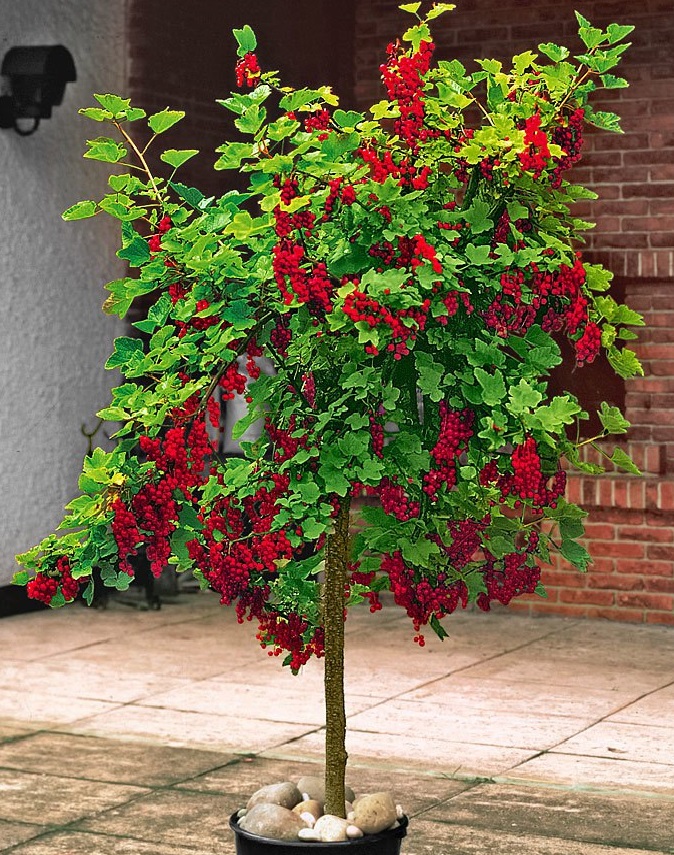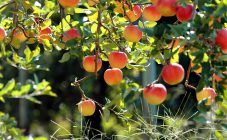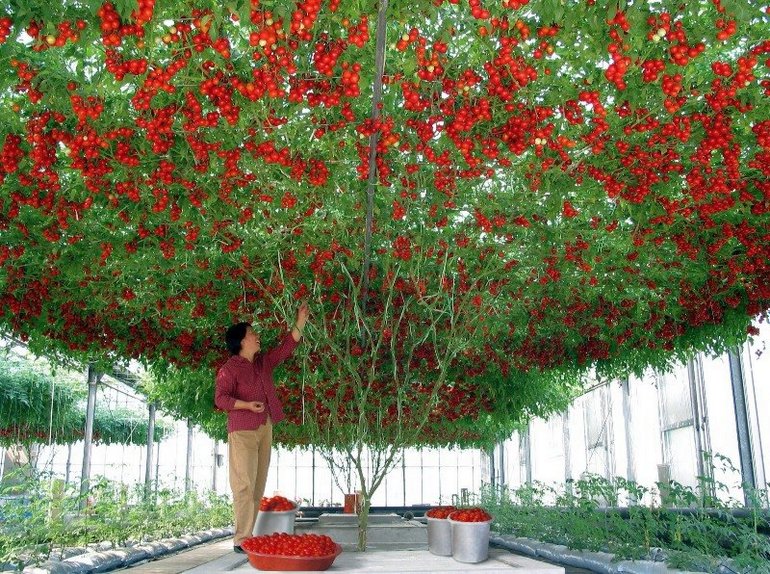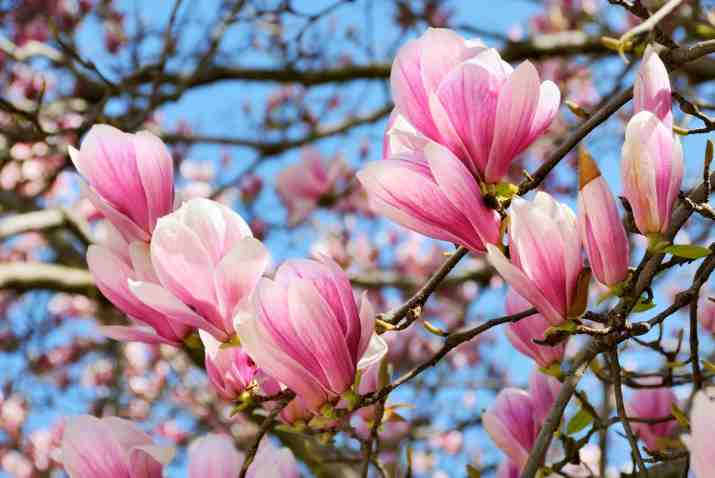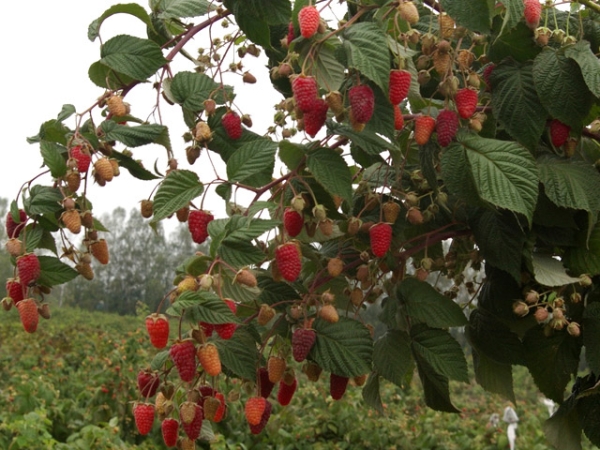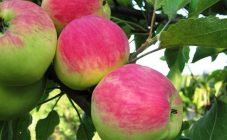Content:
Planting raspberry bushes at their summer cottage is done not only so that in the future it is possible to collect fragrant berries. Some varieties contribute to the creation of a fashionable and practical "green fence", with which you can carry out landscaping in your country house. It should be borne in mind that the Tarusa raspberry tree is a bush, but differs from most other species in the absence of thorns on the stems.
Features and characteristics
Despite the name, the plant belongs to the bushes, but in this case it has a powerful base (shoots), which visually resembles a trunk. Such tree-like varieties are called standard by specialists. That is why a raspberry resembling a tree with the name Tarusa is the decoration and pride of the site.
It appeared after work on crossing berries of the Shtambovy-1 and Stolichnaya varieties. After a series of tests, the species was approved for sale, since 1993 it has been available in specialty stores or garden markets. A powerful and beautiful bush that looks like a stunted tree, has a number of features that must be taken into account when choosing. These include:
- shoots - they are powerful, but at the same time elastic and quite thick (especially when compared with ordinary raspberry bushes);
- height - 1.7-2 meters;
- thorns on the surface are completely absent;
- shoots are perfectly even and smooth;
- large-fruited raspberry variety - each berry weighs 10-15 g.
It is important to take into account another feature of this type of raspberry - under the total weight of the fruit, the branches can bend and even break, therefore the tying process is an obligatory agrotechnical stage that ensures not only the care of the plant, but also its safety. Also, tying up is a guarantee that the bush will be completely protected from rotting processes, since the fruit will not come into contact with the soil.
Raspberry Tarusa is distinguished by rather large leaves that have a rich green color. The berries are red, large, cone-shaped. Taste is pleasant, sweet taste prevails, sugary taste is absent.
Such an indicator as yield is good - in central Russia, the tree begins to delight with fragrant fruits from the 10th of July, you can pick berries until the end of August. Uniform and stable ripening is observed, therefore they are harvested to create various winter harvests.
Also, the main characteristic indicates that the variety belongs to winter-hardy species, capable of tolerating severe frosts well (-25-30 degrees).
An additional varietal feature is the planting resistance to various types of diseases and pests, so the gardener can only carry out preventive measures to protect raspberry bushes. Also, many note that even those bushes that have been exposed to pests continue to produce a good harvest.
Agrotechnics
Visually unusual raspberry stem Tarusa or raspberry tree has a number of features related to care. It is necessary to take them into account from the moment of planting seedlings to preparation for the new season. Proper planting begins with soil and site preparation.
Landing site preparation
The optimal solutions for this plant are:
- open space with lots of sunlight;
- areas near fences, but without shading;
- choose areas that are not adjacent to crops such as strawberries, tomatoes or potatoes (the reason is the appearance of diseases).
It will be possible to plant the bushes of this berry again on the previous site only after 5 years of resting the land or growing other crops suitable for the plant on it.
With regard to the soil, the right choice should be made towards loose soil, which at the time of planting contains many useful minerals. The ideal option for planting a remontant variety is loamy and sandy loam soils. Additionally, it is recommended to protect the bushes from strong winds, to provide a convenient way to tie the branches.
Boarding time
The unusual Tarusa raspberry and the description of its departure indicate that special attention should be paid to the planting time. You can start the process both in spring and in autumn. Spring is preferable, since at this time the probability of frost or snow is extremely small. In this case, the first crop can be harvested as early as the next season. If the autumn is warm, then a strong vegetation is possible - the stems will grow, which will require pruning. If this stage is not performed, the plant may die in winter. For autumn plantings of the plant, the second half of October (after the 15-17th) is considered optimal. The repair variety must be planted focusing on the region, since the weather conditions are different, but the average indicators are as follows:
- for autumn plantings - September-October;
- for spring work - March (mid) -April.
In winter, when temperatures drop to -30 degrees, you need to bend the stems closer to the ground for additional protection. It is best to do this in advance, immediately after the end of fruiting. If this is not done, the shoots can freeze and break.
Landing
When it is planned to plant several bushes at once, holes are dug out, taking into account the dimensions of the future plant, that is, at a distance of 50-60 cm from each other. At the bottom of each hole you need to put fertilizer - ash or bird droppings. You need to plant the bush correctly. To do this, the seedling must be placed in the middle of the hole to the depth in which it grew before (in the nursery or on the site). The soil should reach strictly to the root collar. In the event that the soil is light, then to a depth of 6-7 cm. After that, the hole needs to be filled up and tamped a little from above, but not strongly crushing the soil. Also, after planting, you will need to cut off the shoots available from the seedling. It is optimal to leave one shoot on the ground, 25-30 cm high. It is recommended to apply mulching near the trunk; humus is used for this purpose. The next step is watering. It is carried out at the rate of 5 liters of water per 1 bush. An important feature is that on the first day, as well as for the next 3-4 days, the plant must be provided with good protection from direct sunlight so that they can take root and adapt to the new site.
After planting and throughout the subsequent development, the plant will require special care.So the tree raspberry called Tarusa does not like to stay in dry soil for a long time. Watering should be regular, in dry areas - frequent. At the same time, you will need to monitor the level of moisture, since the root system of the plant is very sensitive to excess water. If the summer period is hot, then it is additionally required to carry out frequent mulching of the soil. You can use regular onion peels as mulch. As a top dressing (application period - the first time a week after planting), bird droppings or urea are used.
Proper care assumes that weeding will be carried out - weeds will have to be removed often, since they cannot be allowed to grow, since they take a lot of nutrients from the ground. If the tree has suffered from frost in winter, they are sprayed with a special solution, which can be purchased at a gardening store. It is optimal to cut off shoots in the middle of summer.
Watering
Proper cultivation requires frequent watering, as this variety is very moisture-loving. An obligatory stage of care is regular moistening in 1-3 weeks after planting, each seedling should be well watered, but not in a swamp, since in this case the plantings may not take root, get sick or die. It should be borne in mind that in most cases groundwater is at a level of 1.5 meters underground.
Autumn works
Autumn work suggests that the formation of bushes will be carried out (period of September and the first decade of October). For this purpose, you will need to cut off the top of the plant by 20 cm, as well as completely remove all shoots that are damaged, diseased or dried out. Spraying required for pest control. Additionally, protection from low temperatures is included in the list of autumn care-related tasks (this is especially true for a plant that is not yet two years old). At this stage, the earth is insulated next to the trunk (you can cover it with a film, put the cut grass).
Preparing for winter
It is important to carry out the process of bending the shoots to the ground for the winter. They can be covered with snow. In the spring, the protective layer will need to be removed, the shoots will need to be tied to long supports.
If you need to propagate this variety of raspberries, then this can be done in two ways:
- using root cuttings, shoots;
- using sprouts coming directly from the raspberry tree.
The second method is quick, since you will need to carefully dig up an already formed shoot. It will only have to be transplanted into a previously prepared hole.
Unusual in appearance stock raspberry Tarusa is a kind of berry that is well kept fresh, used for harvesting for the winter. The process of planting it and subsequent care requires experience and knowledge from the gardener, since for this variety there are features of agricultural technology that must be observed in order to maintain yield indicators.
The berry of this variety is large, but to maintain this indicator, the bushes require the creation of special conditions: a sufficient amount of moisture and sunlight. Correct reproduction does not require special knowledge, since it can be carried out by planting the young shoots formed from the main tree. If you follow all the recommendations, then good fruiting will be ensured for a period of at least 8-10 years, after which it is recommended to transplant the plant to a new site.
You should not choose soil for planting with a high content of sand in it, this is due to the fact that such soil contains less moisture than is required for the normal growth and development of bushes. As a result, yield indicators may decrease, and the size of berries may also decrease. If there is no other soil other than sandy, then the soil can be improved by adding clay to it. Then you need to apply the necessary fertilizers. Thus, unusual raspberries require special attention, but provide a good harvest over a long period of time.
